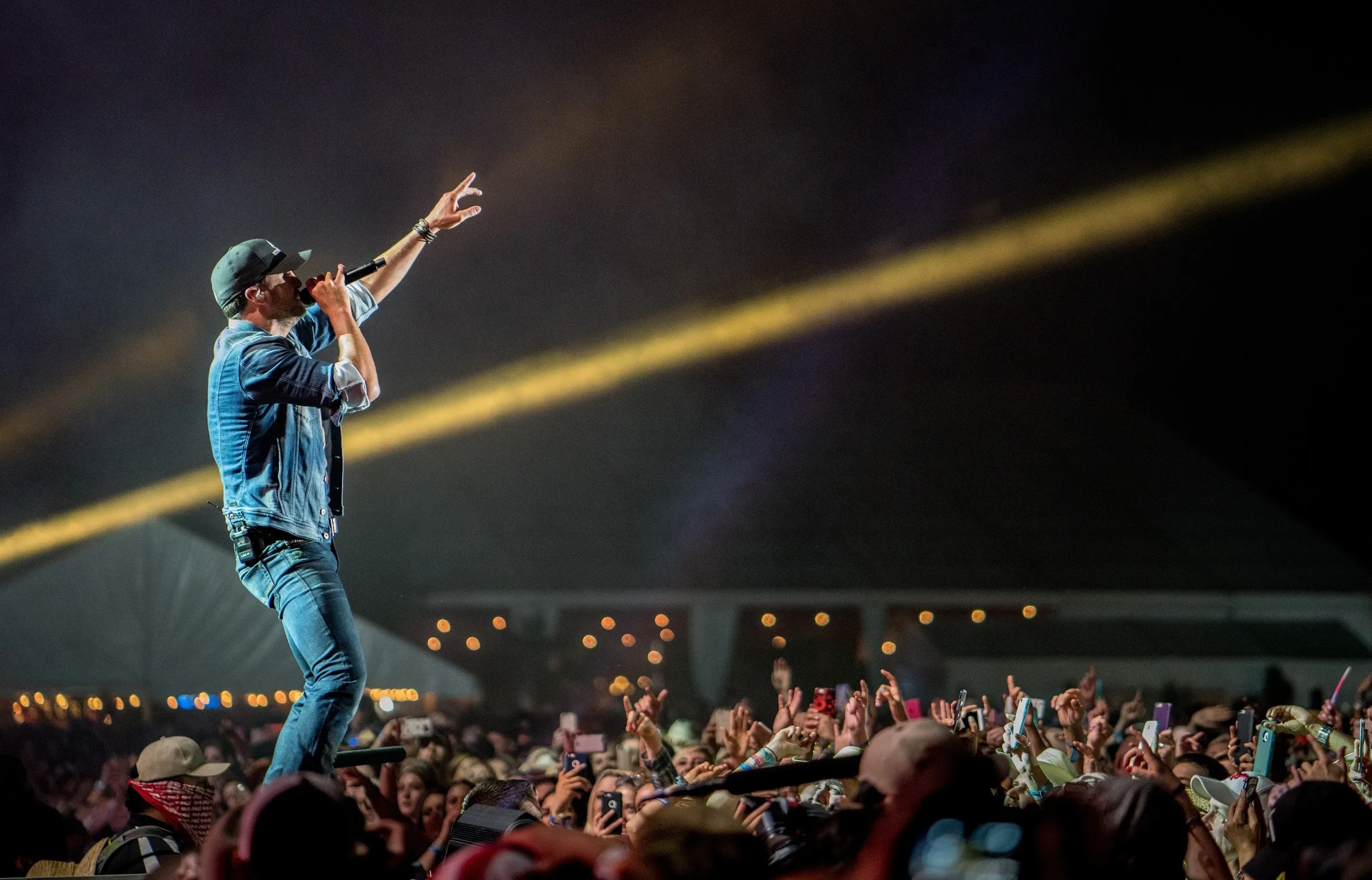Introduction
The live entertainment industry, heavily impacted by the COVID-19 pandemic, is making a triumphant comeback. As venues reopen and audiences return, this revival marks not just a return to pre-pandemic normalcy but an evolution driven by innovation and a renewed enthusiasm for shared experiences. This article delves into how live entertainment is rebounding, the changes shaping the industry, and the promising future ahead.
The Pandemic’s Impact on Live Entertainment
1.The Sudden Halt
In 2020, the COVID-19 pandemic brought live entertainment to a standstill. Concerts, theater productions, sports events, and festivals were either canceled or postponed, leading to significant financial losses and uncertainty for artists, performers, venue operators, and event organizers. The industry had to pivot quickly to survive, resulting in a surge of virtual performances and online events.
2.The Rise of Virtual Events
During the pandemic, virtual events became the norm. Platforms like Zoom, YouTube, and various social media channels hosted concerts, theater productions, and even large-scale events. While these virtual gatherings kept the spirit of live entertainment alive and allowed audiences to stay connected with their favorite performers, they couldn’t fully capture the atmosphere and energy of in-person events.
The Road to Recovery

As vaccination rates increased and restrictions eased, the live entertainment industry began its journey towards recovery. Several key factors have contributed to the rebound:
1. Pent-Up Demand: After months of isolation and limited social interaction, there is a significant pent-up demand for live entertainment. Fans are eager to return to concerts, theaters, and sporting events, creating a surge in ticket sales.
2. Innovation and Adaptation: The industry has shown remarkable innovation in adapting to the new normal. Virtual concerts, drive-in theaters, and socially distanced performances became popular during the pandemic and continue to be part of the landscape.
3. Government Support: Many governments recognized the importance of the live entertainment sector and provided financial support and grants to help it recover. This support has been crucial in sustaining businesses and artists.
4. Health and Safety Measures: Venues and event organizers have implemented stringent health and safety measures to ensure the well-being of attendees. This includes enhanced cleaning protocols, contactless ticketing, and vaccination or testing requirements.
The Rebound: A New Era of Live Entertainment

1.Resuming In-Person Events
With the rollout of vaccines and the implementation of safety protocols, live entertainment is experiencing a robust rebound. Venues are reopening their doors, and audiences are eagerly returning to theaters, concert halls, and stadiums. This return to in-person events is driven by a pent-up demand for live experiences, with many events selling out quickly as fans embrace the opportunity to reconnect with live performances and fellow enthusiasts.
2.Innovations in Event Production
The pandemic has catalyzed innovation in event production, resulting in enhanced experiences for audiences. From advanced stage designs and immersive technologies to improved sound and lighting systems, live events are now more captivating than ever. Innovations such as holographic performances, augmented reality (AR), and virtual reality (VR) are being integrated into live shows, offering unique and memorable experiences.
3.Hybrid Events: Combining In-Person and Virtual
One of the lasting impacts of the pandemic is the rise of hybrid events, which combine in-person and virtual elements. This approach allows events to reach a broader audience, including those who cannot attend in person. Hybrid events offer flexibility and accessibility, enabling organizers to expand their reach and engage with global audiences. For instance, a concert may be live-streamed to viewers worldwide, providing an inclusive experience for all fans.
Enhanced Audience Engagement

1.Interactive Experiences
To attract and retain audiences, live entertainment is increasingly incorporating interactive elements. From mobile apps that allow fans to vote on setlists to real-time social media interactions and augmented reality experiences, these interactive features create a deeper connection between performers and their audiences.
2.Personalized Experiences
Advancements in technology enable more personalized experiences for attendees. Ticketing platforms now offer personalized recommendations based on users’ preferences and past behaviors, helping fans discover new events and performers. Additionally, VIP packages and exclusive access options cater to fans seeking unique and tailored experiences.
Economic and Cultural Impact

1.Economic Revival
The resurgence of live entertainment is significantly contributing to economic recovery. The industry supports millions of jobs, from performers and crew members to venue staff and local businesses. As live events return, they generate substantial revenue for cities and communities, revitalizing local economies.
2.Cultural Significance
Live entertainment plays a crucial role in cultural expression and community building. The return of concerts, theater productions, and festivals allows people to reconnect with their cultural heritage and shared experiences. These events foster a sense of community and belonging, which is especially important after prolonged periods of isolation.
The Future of Live Entertainment

1.Technological Advancements
As technology continues to evolve, so will the live entertainment experience. Future advancements in AI, AR, and VR will further enhance performances and create immersive environments for audiences. Additionally, improvements in streaming technology will enable higher-quality virtual experiences, making live entertainment accessible to an even broader audience.
2.Sustainability and Inclusivity
The industry is also increasingly focusing on sustainability and inclusivity. Event organizers are adopting eco-friendly practices, such as reducing waste and minimizing carbon footprints, to create more sustainable events. Additionally, there is a growing emphasis on inclusivity, with efforts to make events accessible to people of all abilities and backgrounds.
3.Resilience and Adaptability
The pandemic has demonstrated the industry’s resilience and adaptability. Moving forward, live entertainment will continue to innovate and adapt to changing circumstances, ensuring that it remains a vibrant and vital part of our cultural landscape.
Conclusion
The rebound of live entertainment post-pandemic marks the beginning of a new era filled with innovation, enhanced audience engagement, and a renewed appreciation for shared experiences. As the industry continues to evolve, it promises to deliver even more captivating and inclusive experiences for audiences worldwide. The future of live entertainment is bright, with endless possibilities for creativity and connection.




